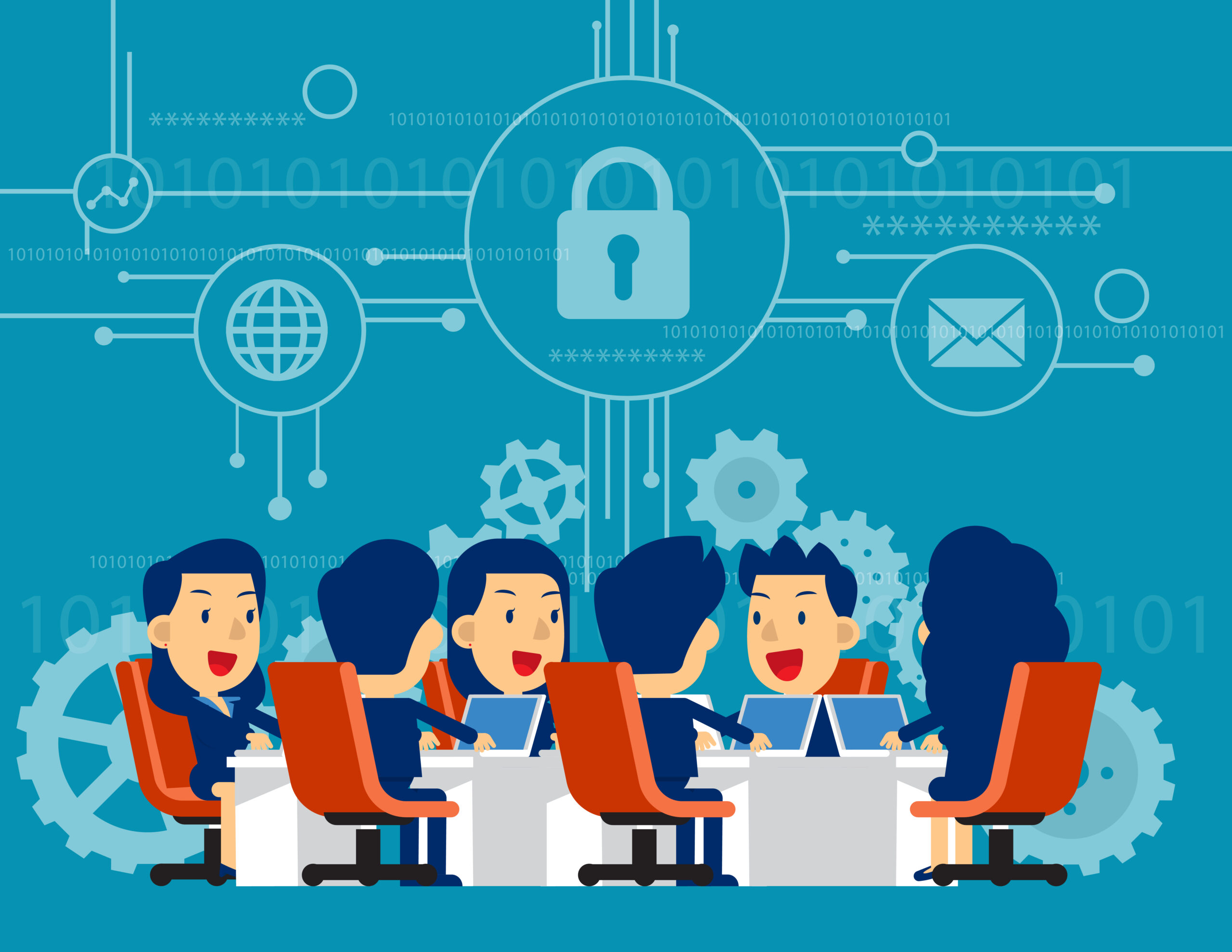As the digital landscape and technology evolve, the attacks used by threat actors also evolve and become more sophisticated. This is especially true when it comes to organizations. Organizations of all sizes face the risk of data breaches and cyber-attacks like ransomware, which can have catastrophic effects on the organization and its functioning, such as effects on business continuity, financial loss, and reputational loss, to name a few. A strong cybersecurity culture helps build the organization’s security posture and fight cyber threats. This article explores cybersecurity culture, explains why organizations need it, and outlines steps to achieve it.
What is cybersecurity culture?
An organization’s cybersecurity culture encompasses employees, stakeholders, and leaders’ knowledge, awareness, attitude, and behavior toward cybersecurity and the digital threat landscape. Cybersecurity culture focuses on infusing safe behavior and security practices into a corporate environment. The cybersecurity culture revolves around keeping employees engaged and informed about various cybersecurity responsibilities.
Importance of cyber security culture
The following list details some of the reasons why a strong cybersecurity culture is crucial:
- Compliance and Regulations: Meeting various compliance and regulatory requirements is one of the most important objectives for an organization. By embedding strong cybersecurity policies and practices in employee behavior, organizations can meet various regulatory requirements.
- Avoid Financial and Reputational Loss: Having employees aware of various cybersecurity practices and policies can help the organization minimize the threat of data breaches and avoid financial and reputational loss.
- Minimize Incident Response Time: Having all the employees involved in the incident response process can help identify the incident earlier and help the security teams respond to and address the incidents faster. Thereby reducing incident response time.
- Reduced Risks of Attacks: People are generally the weakest links and cause the highest number of data breaches in a corporate environment. This is mainly because they fall victim to cyber-attacks like phishing due to a lack of cybersecurity knowledge. Organizations can minimize these attacks by incorporating cybersecurity policies and best practices into employee behavior.
- Business Continuity: Cyber threats often disrupt operations and lead to downtime. By fostering cyber resilience, cybersecurity culture enables organizations to recover quickly from incidents and restore operations.
Building a Secure Cybersecurity Culture
Some important points to consider while building a secure cybersecurity culture are:
- Educate Employees: Educate employees regardless of their position. Employee training should cover various cybersecurity topics, like how to identify different cyberattacks and how to build strong passwords, as well as other cybersecurity policies and regulations.
- Continuous Improvement: Continuously evaluate the effectiveness of the policies. And update and modify various security procedures and policies as needed to meet the constantly changing and evolving cyber threats.
- Establish Strong Policies and Procedures: Develop clear and transparent policies that outline the expected employee behavior as well as the security practices that should be followed in an organization.
- Set Example by Leadership: An effective cybersecurity culture starts from the top. Leadership plays a crucial role in shaping organizational culture, including cybersecurity culture. When leaders prioritize cybersecurity and incorporate it into the organization’s values, it sends a clear message about the importance of security to all employees.
- Conduct Regular Mock Assessments: Regularly conduct mock assessments in a controlled environment to check how employees react to different cyber threats. This helps organizations evaluate employee readiness and knowledge when facing cyber threats. It also helps organizations get a clear idea of the preparedness of an employee in the face of adversaries.
- Foster Collaboration: Collaboration among different departments and levels of the organization is essential for effective threat intelligence sharing and incident response. Providing platforms for reporting and sharing information about potential threats enables organizations to respond swiftly and collectively to mitigate risks.
Conclusion
Cybersecurity culture is not something that is implemented once and then forgotten about. It is a continuous and ongoing effort meant to improve the cybersecurity culture of the organization. By empowering employees and making them part of the cybersecurity process, an organization can improve its security and defenses and fight against attacks faster and more effectively.
Recommended books on cybersecurity:












